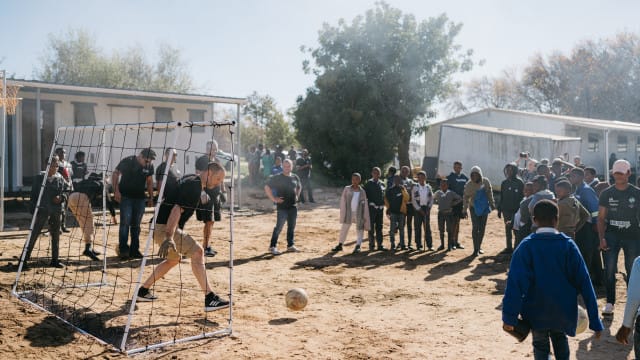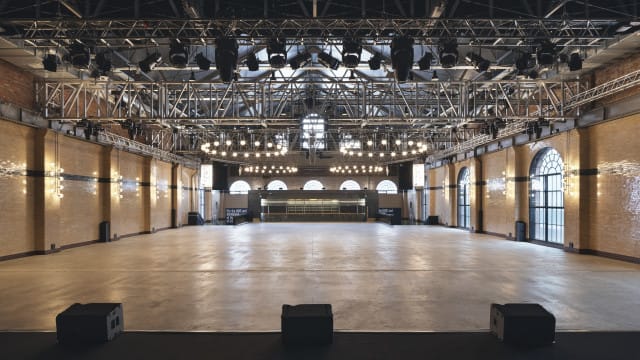Revealed: Global M&E trends for 2025- what clients and stakeholders are asking for in every region

BCD M&E has released its What’s Trending 2025 report, highlighting the challenges in each global region- plus how planners can tackle them.
UK
Mergers and acquisitions or partnerships with smaller agencies as larger agencies are now more able to manage liability, sustainability, legal, compliance and security, which are becoming table stakes.
Client confidence in forward planning means lead times for smaller events are increasing slightly from 3 to 4 months, while key target annual events are being looked at two or more years out. They are also using rates for extended commitments with venues in the same brand but different destinations.
Across verticals, planners are prioritising overall wellbeing with more outdoor experiences and “quiet rooms” for participants’ mental health, but no additional budget is being allocated.
Client expectations from a production and engagement standpoint are climbing, but budgets rarely match. As a result, there is a shift in spend, with companies dedicating more budget to longer breakout sessions versus the main plenary, or repurposing equipment across individual breakouts (such as a wide LED screen being divided into three screens for three breakouts).
Despite inflation easing and fuel costs dropping, rising food prices, energy costs, and venue service fees are driving up M&E expenses. Many companies have stricter budgets and compliance processes, plus HMRC’s tax allowance for staff or client entertainment has been static for over 20 years and no longer aligns with the prices venues are demanding, which means tax bills are higher than ever before.
Clients are prioritising cost and ROI over sustainability, despite dedicated teams monitoring supplier performance. To cut emissions, some are opting for smaller regional events, while others prefer one larger global event.
EMEA
Clients are seeking a regional or global approach on how they organise across their M&E programmes, especially for budgeting, compliance and spend. This provides more visibility to spend plus how, what and why they’re doing it, enabling them to maximise investment and continue to grow and evolve their portfolios.
Costs are rising creating a gap between what clients want and what they can afford. A big topic is whether to use local services or centralise services (called “hubbing”), with a mix of often the best solution, depending on a client’s needs.
Clients want events to be more interactive and engaging, with tools like event apps improving the guest experience.
Companies are using fewer suppliers, and there’s often confusion because meetings and events can overlap.
Events are starting to return to long-distance destinations like South Africa or Asia. Istanbul is also a popular destination again, next to European spots like Spain and Italy.
While EMEA has strong views that sustainability is important, companies need to be able to see financial support for these investments to make decisions, for example, if an event will cost $1 million or $1.2 million, sustainably planning teams must offset some of the costs.
NORAM
To access please sign in.


